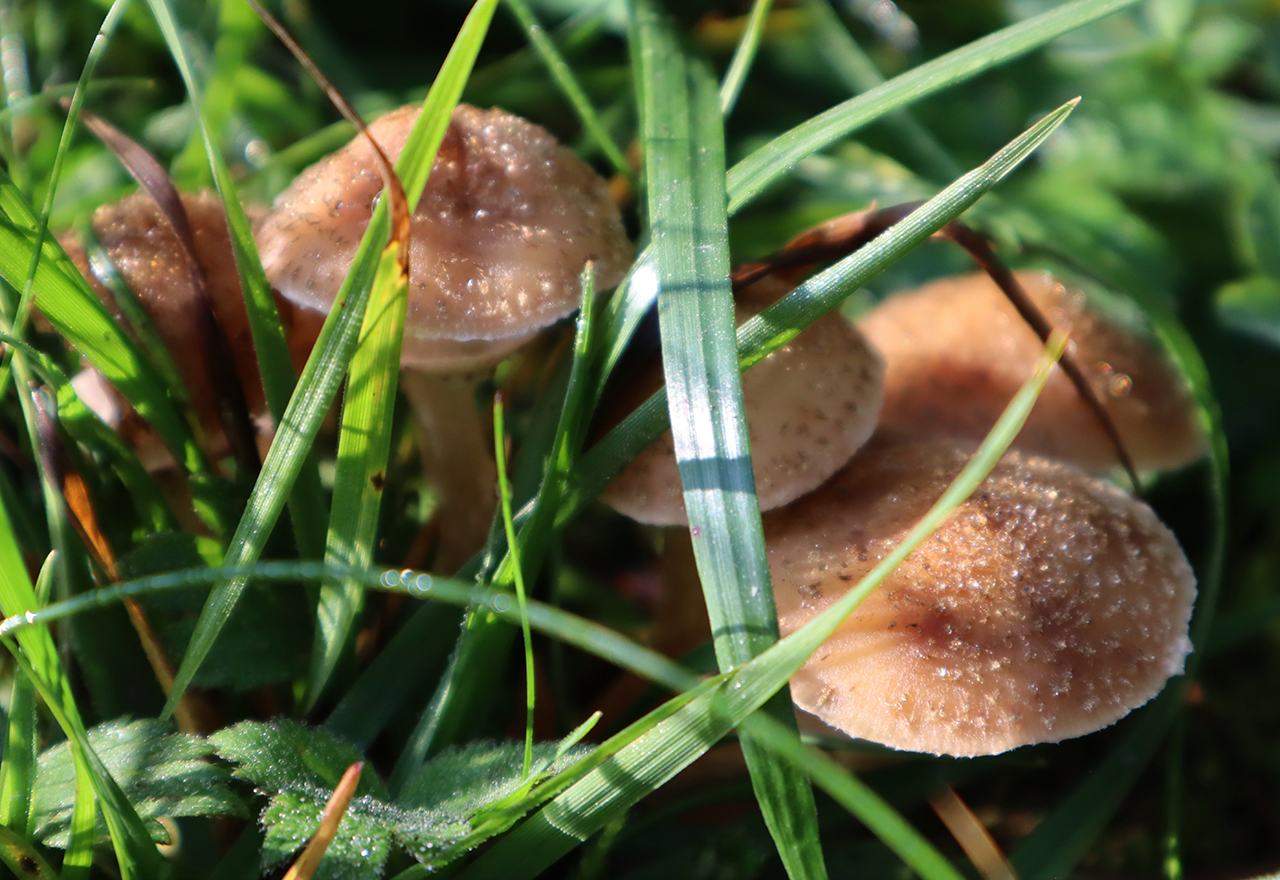
Lawn Mushrooms
Article Contents: show What Are Backyard Mushrooms? Backyard mushrooms are the fruiting bodies of an underground fungus growing under the soil in your backyard. These fungi play a crucial role in breaking down the woody organic material in the soil, making it more productive.
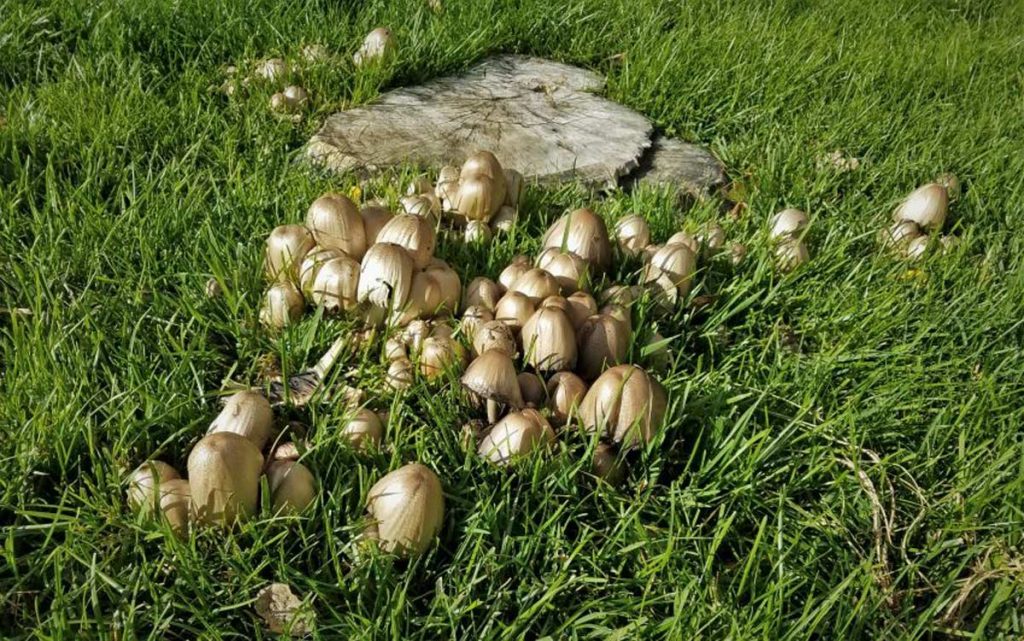
Why are lawn mushrooms growing in my yard? Are they good or bad?
The lawnmower mushroom is saprobic, meaning it feeds on dead or decaying organic matter. It grows alone or in groups on lawns, meadows, and other grassy areas. It regularly appears in large dense or scattered groupings across the lawn. It does not grow on trees, though it may feed on decaying wood like wood chip mulch.
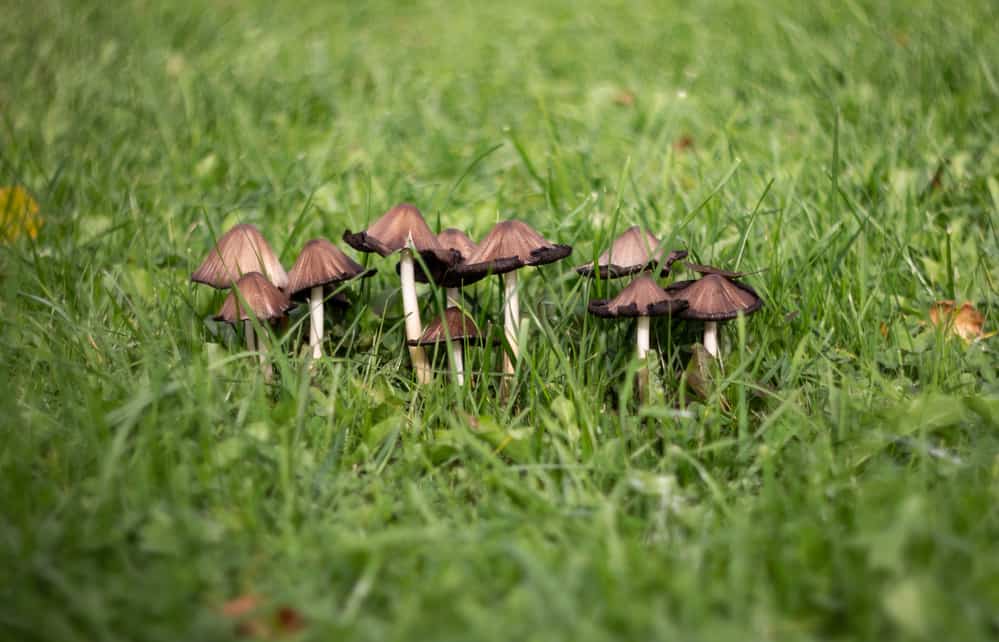
Common Yard Mushrooms How to Identify and What to Do With Them Mushroom Huntress
Mushroom identification Visual list This is the visual list of the mushrooms in our database. The mushrooms are grouped by family, so closely related mushrooms are listed together. Click on the pictures to enlarge them and click on the caption to see the details and additional pictures.

Lawn Fungus Identification Guide & Pictures + 6 Ways to Avoid Them Yard Surfer
A clump of sulphur tufts. These too are poisonous. A small cluster of mushrooms, probably Psilocybe species. A collection of Coprinellus mushrooms. These grow on dead wood, and these ones are on an old tree stump in the lawn. For further reading about mushrooms have a look at: McoKey fungus identification Association of British Fungus Groups

Mushrooms growing on newly fertilized lawn Mushroom Hunting and Identification Shroomery
The identifying features of common lawn mushrooms are the color, cap shape, length of the stem, the color of gills under the cap, and aroma. Some mushrooms in the yard have a spongy feel, whereas others have gills or pores under the cap. Slicing the mushroom also reveals the color of the flesh. Why Mushrooms Grow in Lawns

Top 80 of Backyard Mushroom Identification wrintingspree
In essence, mushrooms are a natural part of your lawn's ecosystem and play an essential role in breaking down organic material, such as dead leaves, grass clippings, and tree roots, into nutrients that plants can use. However, if you find mushrooms in your lawn more frequently than you'd like, it may be a sign of an underlying issue.

Common Types of Backyard Mushrooms TrendRadars
Mushroom identification is possible by carefully examining key features like cap shape, color, texture, gills, or pores underneath, and stalk shape and color. Additionally, some mushrooms have distinctive odors that help identify the species. You can also tell some types of yard mushrooms by where they are growing.
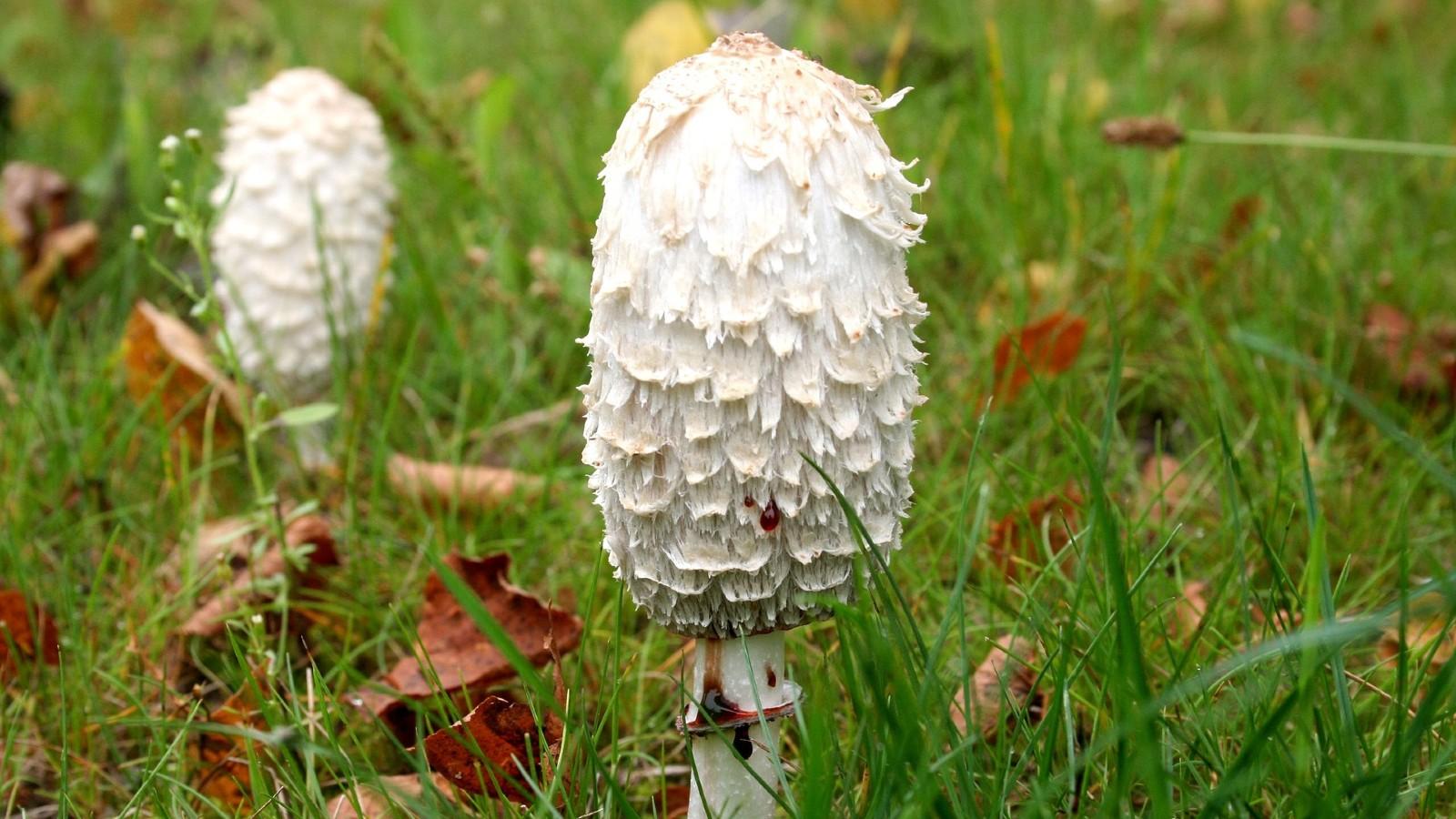
Mushrooms Lawns University of Maryland Extension
It's important to keep in mind that some mushrooms from the same family as lawyer's wig mushrooms don't interact very well with alcohol and can even cause moderate poison when combined. 6. Fly Agaric. The Fly Agaric Mushroom is commonly used to represent mushrooms in cartoons and video games.

Lawn mushroom ID request Mushroom Hunting and Identification Shroomery Message Board
1. Shaggy Ink Cap Image Credit: Piqsels The Shaggy Ink Cap is a common mushroom that you can find in many yards. It's quite large and has a wooly or shaggy appearance. It's white when it's young but turns black as it ages. You can eat it before it changes color.

Mushroom Identification 2022E Jurnal
It also helps to know if the mushroom is growing in association with specific plants; in a lawn, on rotting logs, mulch etc. There are several other tests commonly used to gather important clues. Spore prints are made by placing the cap of a mushroom on paper and leaving it sit overnight. The tiny spores fall out of the mushrooms onto the paper.
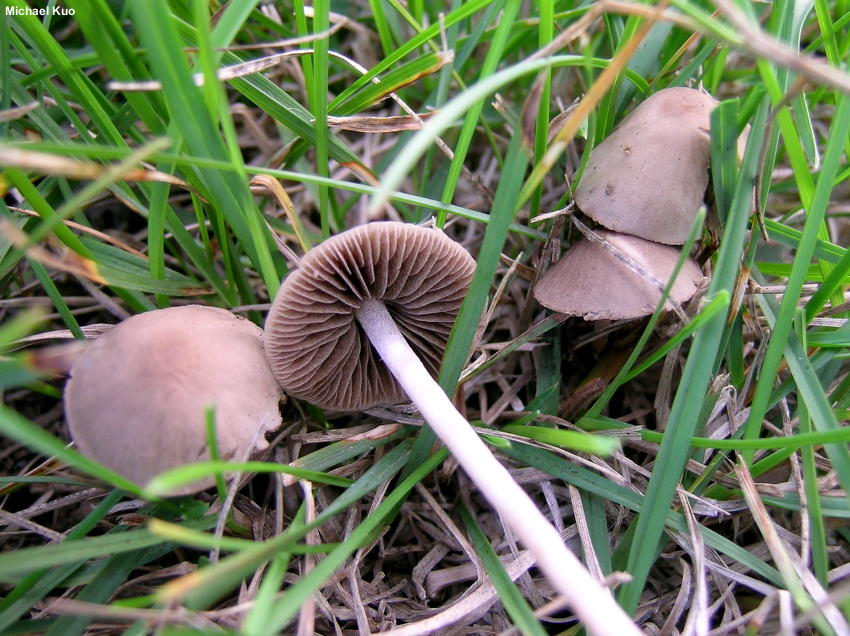
Mushroom Identification Maryland All Mushroom Info
Inocybe sp: Smells similar to Corn Silk Phallus impudicus: A foul, fetid smell The Touch Each mushroom has a different texture. rough, hard, soft, slimy, hairy, or silky. The touch can also tell you how young or old the mushroom is. Younger mushrooms tend to be very hard, mature, harvest-ready mushrooms are firm and more brittle.

Common lawn mushrooms. What are they? Mushroom Hunting and Identification Shroomery Message
Parasol mushroom ( Macrolepiota procera) Cauliflower fungus ( Sparassis crispa) Field blewits ( Lepista personata) Porcini ( Boletus edulis) Oyster mushroom ( Pleurotus ostreatus) Get to grips with some of the UK's most common native mushrooms, with our easy garden mushroom identifier, from the experts at BBC Gardeners' World Magazine.

5 Common Lawn Mushroom Species in UK (Identify Garden Fungi)
This type of mushroom grows in tall cylinders. When ready to release its spores, the sponge changes drastically from white and full to ink, blank and crumble, in just a few hours; this can happen if you choose it. 3. Inky caps. Inkcaps, Coprinus species, are a common but distinctive group of herbaceous mushrooms.

Common lawn mushrooms. What are they? Mushroom Hunting and Identification Shroomery Message
Table of Contents Methods for Identifying Lawn Mushrooms Distinguishing characteristics of typical lawn mushrooms include their color, cap shape, stem length, gill color beneath the cap, and aroma. Some mushrooms in your yard may have a spongy texture, while others possess gills or pores underneath the cap.

Poisonous Lawn Mushroom Types [Edible vs. Toxic Mushroom Guide!] Outdoor Happens
By Erin Marissa Russell There's nothing more magical than mushrooms in the garden, but it's hard to know which of the mushrooms you may see on your lawn are poisonous and which are not. That's why we've put together this list of common poisonous (and harmless) mushrooms you may encounter. Poisonous Lawn Mushrooms

Los Angeles white lawn mushrooms help me identify? Mushroom Hunting and Identification
How are they attached? Be it gills, pores, or teeth, this is important to know. Gills Pores Teeth Stalk description - Make note of the size, shape, color, and whether or not it is hollow. Solid white stem Hollow Stem Multi-color stem Spore color - Another extremely important mushroom identification characteristic.